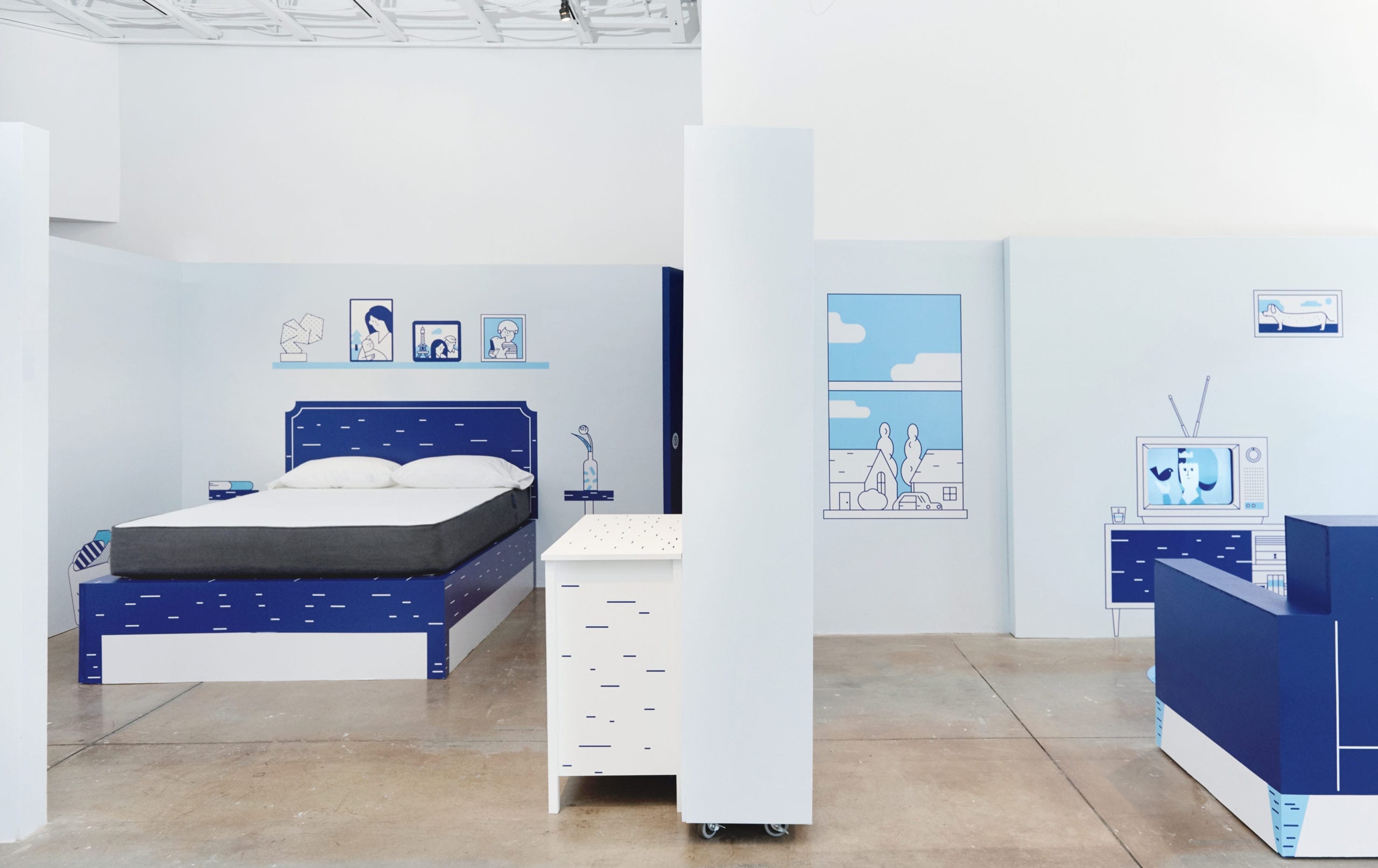As digital has soared, shopping on the high-street has drastically changed. That said, physical retailing is far from over. Online-first, digital-to-consumer (D2C) brands such as Warby Parker, Birchbox, and Casper are now looking to physical retail solutions to reach their customers. Hero found that 67% of digital-first brands who have received over $6m of funding have also opened a physical store. And research from Accenture found in the US 77% of generation Z shoppers said they still preferred to purchase in-store.
However, in-store shopping is going through a fundamental change. Pop-up shops are changing the face of the physical retail space. The industry was valued at $50 billion in 2016 and in the UK the sector’s growth rate is set to outstrip the wider retail sector by more than double, with consumers projected to increase spending in pop-ups by 8.4%.
It’s no wonder digital-first brands such as mattress retailer Casper are making their way back to bricks and mortar. Last summer it opened a pop-up shop of sorts, alongside its main retail space. The Dreamery was designed to offer customers bookable sleep pods.
In an interview with Marketing Week, Constantin Eis, the co-founder and global managing director at Casper explained: ‘The brand’s stores will be another way for Casper to create its own environment by controlling the product story. The experience will not be sales driven and will instead seek to be more intimate and focused on guiding customers through the store in a “playful way”.’
Eis’s assertion that the focus of its stores should be more compelling than being merely sales driven is the key to success in this era of pop-ups. Retail has transformed to being customer first and that now means creating Instagramable experiences and environments customers enjoy spending time in. Very often this includes technology customers can interact with, such as video screens.
It’s the experience that’s the key. In spring last year beauty and skincare brand Charlotte Tilbury launched an augmented reality mirror allowing shoppers to try 10 of the brand’s iconic looks in a matter of seconds. Swarovski also created an experience worthy of social shares with its pop-up including a ‘fun wall’ featuring an interactive mirror and the ability to screenshot and share your photos. A stylefinder allowing customers to search for jewellery most suitable for them and an AR device to let customers see what the piece would look like on them.
Having a physical space can offer a far greater customer experience – just be sure to use it wisely and look to create an interactive experience first, and sales should follow.
Ensure you provide the right customer experience in your store with MetroClick’s range of interactive digital products.

